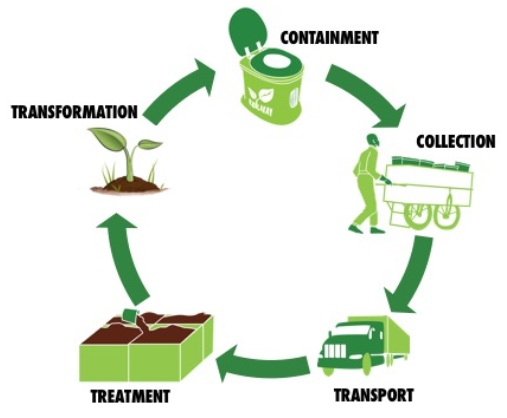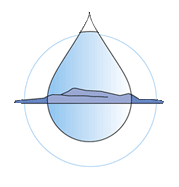Community Infrastructure
Distribution - Some neighbourhoods have systems
People think that everyone’s on a well on Hornby. Mostly that’s true, but some pockets of homes share a water system, such as Mount Road, Whaling Station, and High Salal. It can make sense to share facilities in localized areas. On an island-wide basis, the costs would likely be too prohibitive to retrofit the distribution network with the scarce and distributed population.
However, planning the future presents opportunities to blend increased population into areas zoned for higher density that fits with the underlying geology and availability of groundwater or rainwater collection.
High Salal has 37 lots with a shared water system. The shared system contains 40,000 gallons of water which is mainly collected during the wet season and allows them to smooth out demand in the hot months when there are more residents. It must comply with the same regulations that a municipal water utility is regulated by. What this means is that they chlorinate their water and also submit the results of quite rigorous water testing. They also have a water system manager who makes sure the water system is running properly and reads meters for individual lot owners. They submit a report to lot owners with the results. This in itself contributes toward conservation, in that individual lot owners know their own usage. It also highlights when usage is high so that something can be done to rectify this.
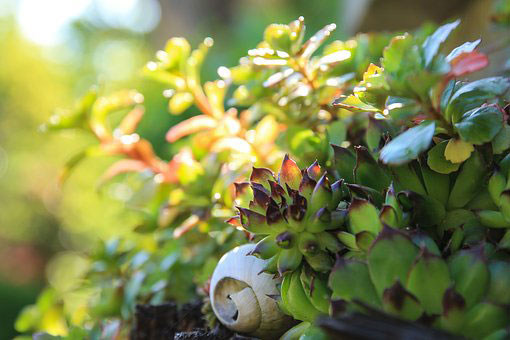
Watershed Enhancement - Protect a critical component of water storage
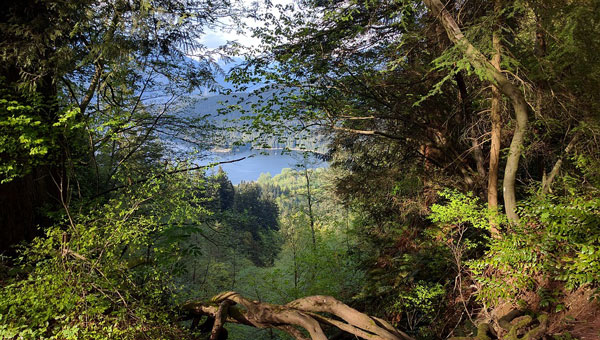
Run-off collection - Slow the water down so it doesn’t just rush to the sea
A key principle for sound freshwater management includes “slowing water down” to increase its ability to sink into the ground, replenishing the water table. Areas of the island overflow during the rainy season and water rushes to the sea through streams and ditches.
There could be opportunities in areas such as Strachan Valley and on Mount Geoffrey to help accomplish this.
A significant portion of rainfall in forested watersheds is absorbed into soils (infiltration), is stored as groundwater, and is slowly discharged to streams through seeps and springs. Flooding is less significant in these more natural conditions because some of the runoff during a storm is absorbed into the ground, thus lessening the amount of runoff into a stream during the storm.
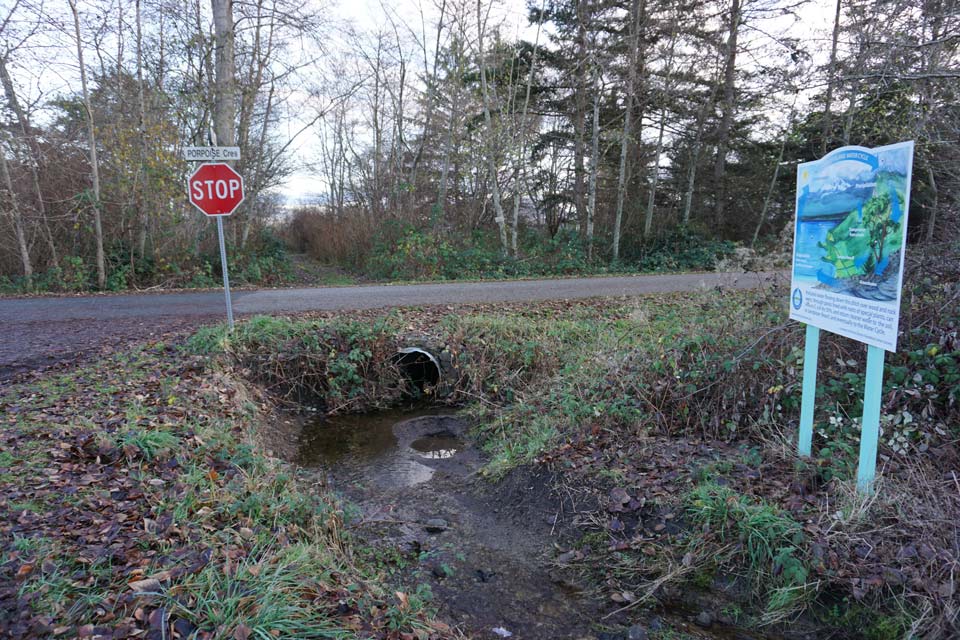
Saltwater intrusion prevention - Restricted pumping at the shoreline
Salt Water Intrusion: https://www2.gov.bc.ca/assets/gov/environment/air-land-water/water/water-wells/saltwaterintrusion_factsheet_flnro_web.pdf
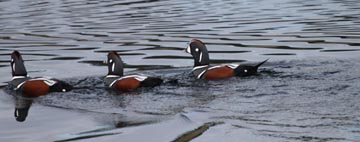
Sewage treatment - Centralized composting toilet center supported locally
A number of properties have inadequate systems for treating waste, causing contamination of groundwater that crosses boundaries. Especially in the specific area of composting toilets, work is underway to explore the establishment of a centralized composting site.
https://humanurehandbook.com/downloads/humanure_instruction_manual.pdf
